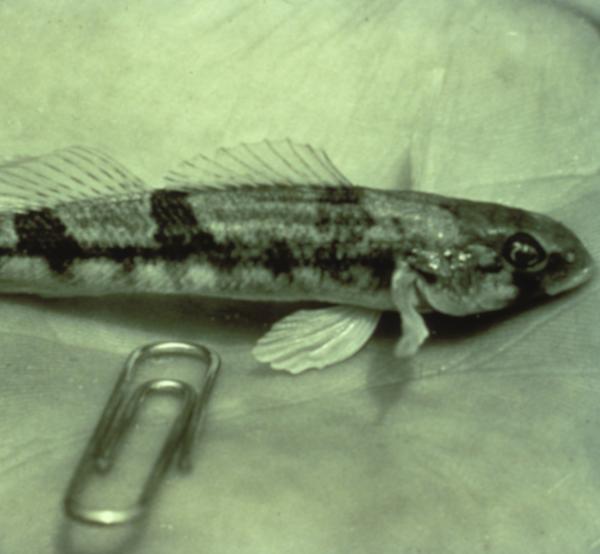“The Endangered Species Act of 1973 (ESA or "The Act"; 16 U.S.C. § 1531 et seq.) is the primary law in the United States for protecting imperiled species. Designed to protect critically imperiled species from extinction as a "consequence of economic growth and development untempered by adequate concern and conservation," the ESA was signed into law by President Richard Nixon on December 28, 1973.” Emphasis added Wikipedia
In addition to protecting a species, preserving diversity, the law was meant to protect "the ecosystems upon which they depend." If the snail darter had become extinct, would the ecosystem in which it had lived collapsed? Or would the ecosystem shape-shift a bit? Put in other terms, how critical are species in the fall of an ecosystem? A look back on the fossil records affords some interesting clues about the persistence of ecosystems over evolutionary time.
The researchers used fossil records of Iberian mammals over 21 million years (Myr), where they had confidence in changes over 0.1 Myr (100,000 years) intervals. [Evolutionary time puts our time on earth, individually or as a species, in perspective]. In addition to information about size, diet, and locomotion, they applied network analysis to identify clusters of mammals by their function and taxonomy (species).
“Ecosystem functional composition shows longer persistence than taxonomic composition.”
- Ecosystems shape-shifted roughly every 2.8 Myr, while the species within the ecosystem changed every 0.9 Myr. Species came and went, ecosystems persisted.
- Major events forced ecosystems to change. Researchers found two “major faunal events,” 9 and 14 Myr, resulting in the reassembly of species function. These events appear to be brought upon by climatic change and biogeographic alterations. [1]
- Many functional faunas [1] persisted; a shifting ecosystem was not necessarily a death sentence.
- Whether a species went extinct during the ecologic transition was related more to their dependency on other species that were also dwindling rather than their specific role in the ecosystem.
The snail darter would clearly have been extinguished by completing the Tellico Dam, which removed its natural habitat, a biogeographic alteration. [3] The loss of that one species did not doom the ecology; diverse fauna allows other creatures to fill the functional loss. From the viewpoint of “science,” the Endangered Species Act, by protecting specific species, fulfills its role to maintain biologic diversity but calls into question whether it protects the “ecosystems upon which they depend."
“Actions carried out to ensure ecosystem functioning will tend to endure longer than actions oriented toward protecting taxonomic structure.”
Let’s put the researcher's conclusion in other terms. If the human species were to disappear, it would take most of our cows and chickens, crops, and cities; the ecology would shift, but the world would still keep turning. Being more productive in raising our cows, chickens, and crops is a short-termed solution to the viability of our species. The long-term solution is to ensure our ecosystem's continuation, which means finding ways to address a changing climate and its entangled relationship with the air all life breathes.
[1] Biogeographics describes the biodiversity of an ecology based upon location. Larger areas have more diversity; the edge of a region bordering upon another is more diverse and competitive than the center.
[2] Fauna is a term used to describe a collection of animals, often geographic. All of the animals, including ourselves, could be described as the North American fauna. Within that, you might identify sub-fauna, like humans or dogs, that might more precisely characterized as species.
[3] The snail darter is no longer on the endangered species list, removed about two years ago. Before the dam’s completion, they were moved to other rivers, and measures by dam management have maintained them with increasing numbers.
Source: Punctuated ecological equilibrium in mammal communities over evolutionary time scales Science DOI: 10.1126/science.abd5110




